Be Your Healthiest Version Now
 What is your healthiest version of you? If you don’t know or haven’t experienced the healthiest you for a while, it’s time to make a change. You could look better, feel better and enjoy the benefits of good health and more energy by starting today. If you take your car to the mechanic for regular oil changes and other maintenance, are you treating your body as well as you do your vehicle? If the answer is no, then you have to ask, “why not?”
What is your healthiest version of you? If you don’t know or haven’t experienced the healthiest you for a while, it’s time to make a change. You could look better, feel better and enjoy the benefits of good health and more energy by starting today. If you take your car to the mechanic for regular oil changes and other maintenance, are you treating your body as well as you do your vehicle? If the answer is no, then you have to ask, “why not?”
Start by deciding what’s important to you.
Do you want more energy? Do you want to lose weight? Do you want a toner, better looking body or simply want to feel better every day? That’s a start on finding what the best version of you is. When you workout with a personal trainer, one of the first things the trainer will discuss is your goal. Once you know your goal, the trainer works with you by creating a plan that provides the steps to help you reach it. The “best you” is a very personal goal. You are unique and deserve a personalized plan.
Treat your body with kindness.
Let’s go back to the car analogy. What if you put water or sugar in the gas tank? Your car would cease running immediately. The same is true for your body. If you feed it the wrong fuel, it definitely will affect how you feel, how you look and your overall energy and health. Learning to eat healthier is one important part of being the best version of yourself. In fact, most trainers feel that a great body starts in the kitchen and that diet is an integral part of fitness.
Make lifestyle changes, which includes exercise and healthy eating.
While eating healthy and exercising play a big role in being the best version of yourself, so does staying hydrated, getting adequate sleep and eliminating bad habits, like smoking or drinking too much alcohol. If you’re tired, grab a glass of water, it will boost your energy level faster than a cup of coffee. Mild dehydration can make your energy level drop significantly.
- If you smoke and want to quit, exercising can help you do that. Not only will you be helping yourself by quitting smoking, you’ll also be helping your body become stronger and stave off the weight gain that quitting smoking can cause.
- Staying hydrated is particularly important the older you get, since you tend to dehydrate faster as you age. Even mild dehydration in seniors can cause symptoms of dementia or UTIs.
- Getting adequate sleep is not only heart healthy, it helps you function better mentally and can be a benefit for anyone trying to lose weight. Lack of sleep makes your body produce more ghrelin—the hunger hormone and suppress the creation of leptin—the one that make you feel full.
- Our trainers can help you become the best possible you, while also helping you reach your goals. In fact, once you reach your goal, they’ll also help you set the next goal to become even better.
For more information, contact us today at Next Level Fitness


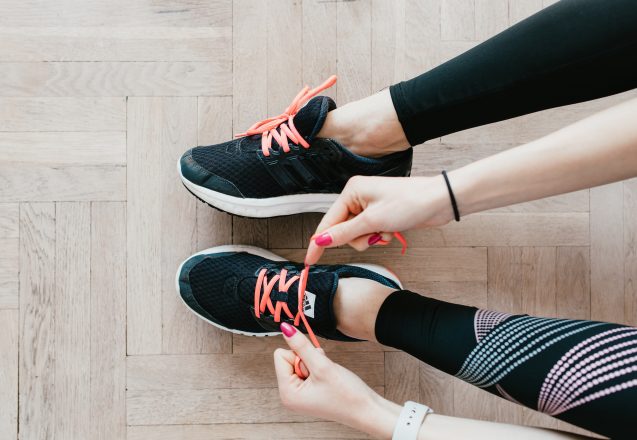
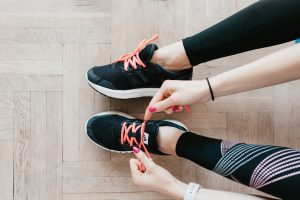 If you can’t get to the gym, time is at a minimum or you’re cooped up overnight at a hotel, running in place can be a viable alternative to a good workout that focuses on all types of exercise and the entire body. You can modify your in place running by doing high knee kicks, jump squats and butt kicks to make it even more effective. Best of all, it’s good for those times when you’re at the breaking point and need to get rid of stress or simply have been sitting for long periods and need a little break.
If you can’t get to the gym, time is at a minimum or you’re cooped up overnight at a hotel, running in place can be a viable alternative to a good workout that focuses on all types of exercise and the entire body. You can modify your in place running by doing high knee kicks, jump squats and butt kicks to make it even more effective. Best of all, it’s good for those times when you’re at the breaking point and need to get rid of stress or simply have been sitting for long periods and need a little break.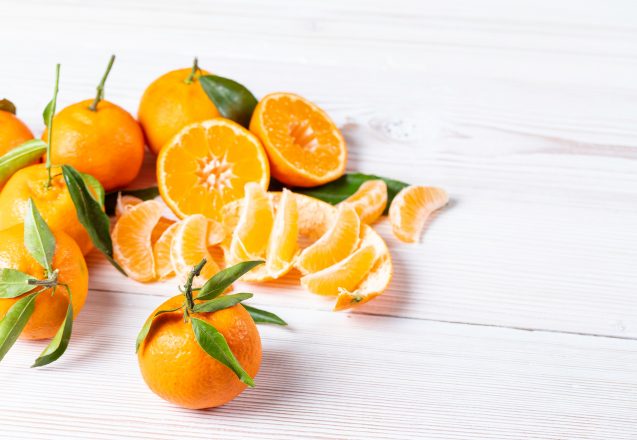
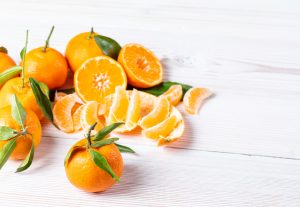 Here in Irvine, CA, people are focused on staying healthy during the spread of the virus. We agree that managing your health during a pandemic is important, but also feel that it should be part of your life at all times. There are facts that are known about this particular virus that should make everyone take notice of their own health. Of course, age is a big factor and you can’t control your chronological age, but you can have an effect on your biological age. What’s the difference? One is how long you’ve been on the earth—chronological—and the other—biological age—is the impact your lifestyle and genetics plays on the damage and death of cells that causes the body to show signs of aging.
Here in Irvine, CA, people are focused on staying healthy during the spread of the virus. We agree that managing your health during a pandemic is important, but also feel that it should be part of your life at all times. There are facts that are known about this particular virus that should make everyone take notice of their own health. Of course, age is a big factor and you can’t control your chronological age, but you can have an effect on your biological age. What’s the difference? One is how long you’ve been on the earth—chronological—and the other—biological age—is the impact your lifestyle and genetics plays on the damage and death of cells that causes the body to show signs of aging.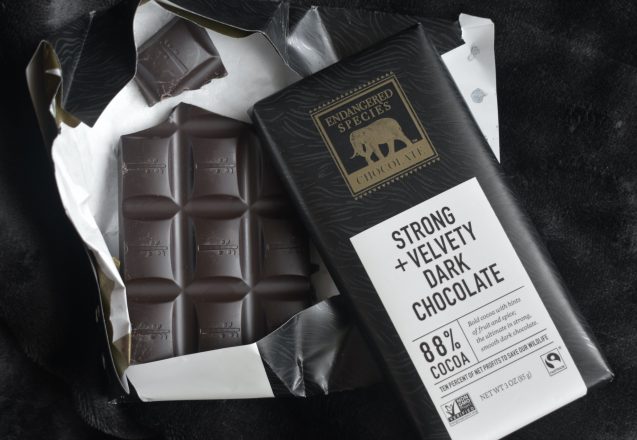
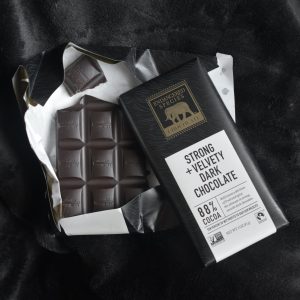 You don’t have to eat cardboard flavored biscuits to get healthy, there health benefits from eating dark chocolate. That’s right! Chocolate can be good for you. However, you must remember that the amount you eat and the type of chocolate makes a difference. Not all chocolate is created equally and the healthy kind is the dark chocolate. It has less or no milk added and far less sugar. Less milk means less interference with the absorption of the polyphenols found in the cocoa bean and more of it. Dark chocolate also has a better healthy fat profile.
You don’t have to eat cardboard flavored biscuits to get healthy, there health benefits from eating dark chocolate. That’s right! Chocolate can be good for you. However, you must remember that the amount you eat and the type of chocolate makes a difference. Not all chocolate is created equally and the healthy kind is the dark chocolate. It has less or no milk added and far less sugar. Less milk means less interference with the absorption of the polyphenols found in the cocoa bean and more of it. Dark chocolate also has a better healthy fat profile.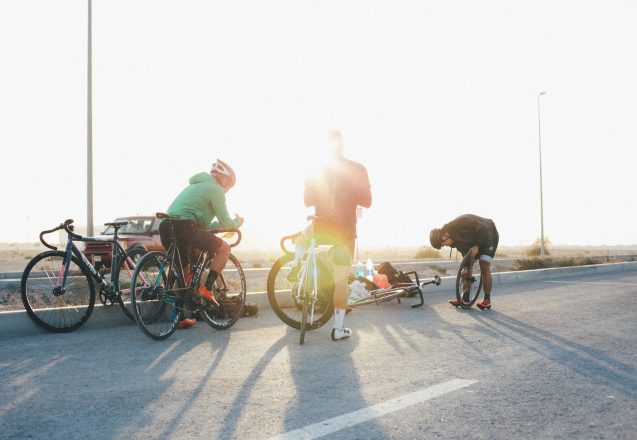
 If you feel shaky after a workout, you might be concerned that something is wrong with you. In most cases, there’s no need for concern. It’s quite normal and can happen for a number of reasons. Even though most of those reasons shouldn’t alarm you needlessly, there’s no reason to ignore ones that indicate a more serious problem. Learning the common causes is important and can help you avoid the shakiness. When you feel shaky, note any other symptoms that occur at the same time.
If you feel shaky after a workout, you might be concerned that something is wrong with you. In most cases, there’s no need for concern. It’s quite normal and can happen for a number of reasons. Even though most of those reasons shouldn’t alarm you needlessly, there’s no reason to ignore ones that indicate a more serious problem. Learning the common causes is important and can help you avoid the shakiness. When you feel shaky, note any other symptoms that occur at the same time.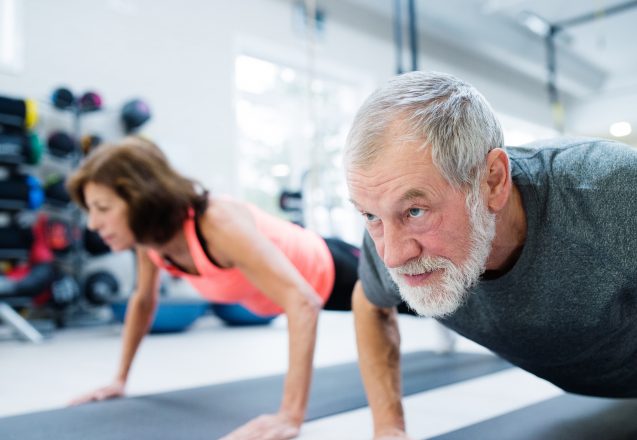
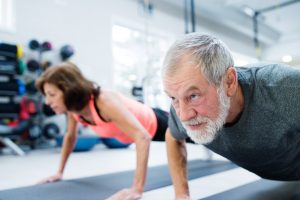 You may notice many older people have less muscle mass. That’s because of sarcopenia, which is muscle loss due to aging and related to a reduction in hormones. You can slow the process and even reverse it in some cases and many of my senior members at Next Level Fitness in Irvine, CA, prove it all the time. At one time, it was just accepted that you had to get older and more feeble as you age, but not today. While you can’t completely stop aging, you can slow and even reverse muscle loss with exercise and a healthy diet.
You may notice many older people have less muscle mass. That’s because of sarcopenia, which is muscle loss due to aging and related to a reduction in hormones. You can slow the process and even reverse it in some cases and many of my senior members at Next Level Fitness in Irvine, CA, prove it all the time. At one time, it was just accepted that you had to get older and more feeble as you age, but not today. While you can’t completely stop aging, you can slow and even reverse muscle loss with exercise and a healthy diet.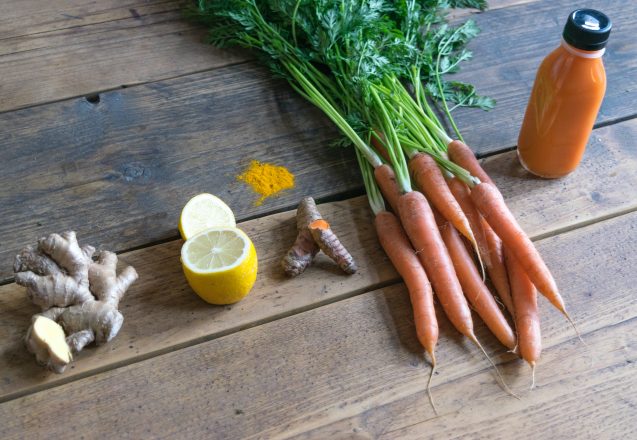
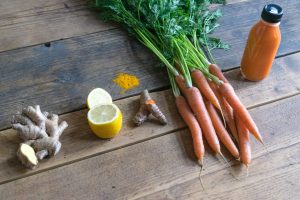 You are what you eat and if you want to look younger and be the best version of yourself, there are foods that can help you do it. Foods contain not only nutrients for building healthy looking skin a more youthful appearance, but also antioxidants that protect each cell from free radicals. Free radicals cause cell damage and death and the more damage and death that occurs, the more potential for serious conditions, aging and even death.
You are what you eat and if you want to look younger and be the best version of yourself, there are foods that can help you do it. Foods contain not only nutrients for building healthy looking skin a more youthful appearance, but also antioxidants that protect each cell from free radicals. Free radicals cause cell damage and death and the more damage and death that occurs, the more potential for serious conditions, aging and even death.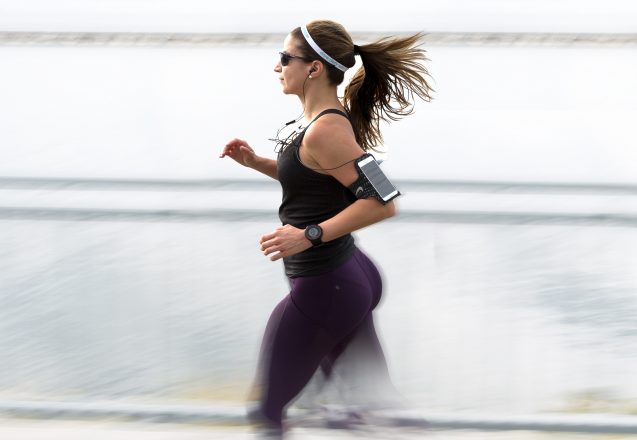
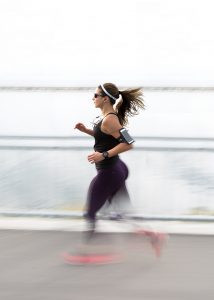 If you want to take seconds of your running time, your natural inclination is to run more. However, there are other things you can do to improve your performance when it comes to running. There are workouts to get faster and ways to improve your overall fitness that will cut seconds to minutes off your time. Building power and improving explosive movements help you when you push off to start the run. That ultimately improves your stride, making each step more powerful and faster than you thought possible.
If you want to take seconds of your running time, your natural inclination is to run more. However, there are other things you can do to improve your performance when it comes to running. There are workouts to get faster and ways to improve your overall fitness that will cut seconds to minutes off your time. Building power and improving explosive movements help you when you push off to start the run. That ultimately improves your stride, making each step more powerful and faster than you thought possible.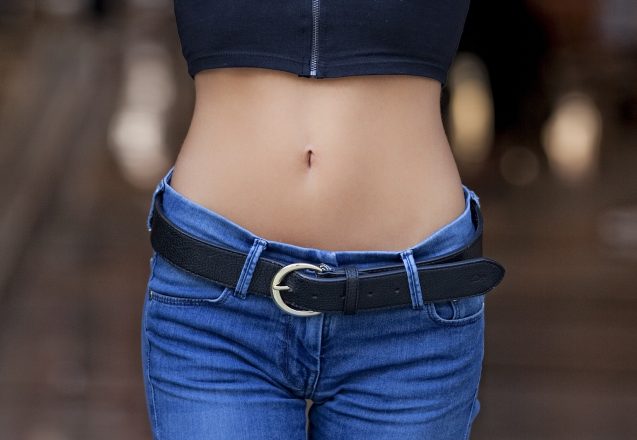
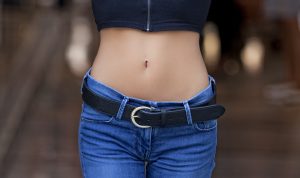 Have you read about a waist trainer and thought it looked like a no effort option to get a smaller waist? Maybe you didn’t even know exactly what one was. A waist trainer squeezes your midsection and is supposed to train your waist to an hour glass figure. Think corset. You know those antiquated undergarments that cinched your waist to its tiniest. It’s not exactly as easy as it may seem on the surface. In fact, you’re far better off doing it permanently with exercise and diet.
Have you read about a waist trainer and thought it looked like a no effort option to get a smaller waist? Maybe you didn’t even know exactly what one was. A waist trainer squeezes your midsection and is supposed to train your waist to an hour glass figure. Think corset. You know those antiquated undergarments that cinched your waist to its tiniest. It’s not exactly as easy as it may seem on the surface. In fact, you’re far better off doing it permanently with exercise and diet.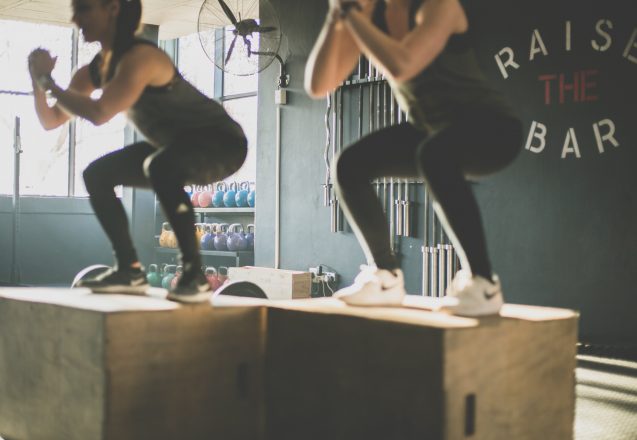
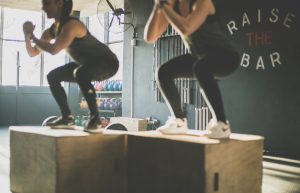 At Next Level Fitness in Irvine, CA, we devise training schedules and workouts based on individual needs. In some cases, we create workouts that use full body workouts, other times, we create those that break down the workouts to various parts of the body. When you do isolation exercises, leg day seems to be the hardest for everyone and there’s good reason why. It’s working the largest muscle groups. That takes a lot of energy and means you’ll have more micro tears that create soreness. Those tears need to heal before doing the next round of exercises on those muscle groups.
At Next Level Fitness in Irvine, CA, we devise training schedules and workouts based on individual needs. In some cases, we create workouts that use full body workouts, other times, we create those that break down the workouts to various parts of the body. When you do isolation exercises, leg day seems to be the hardest for everyone and there’s good reason why. It’s working the largest muscle groups. That takes a lot of energy and means you’ll have more micro tears that create soreness. Those tears need to heal before doing the next round of exercises on those muscle groups.